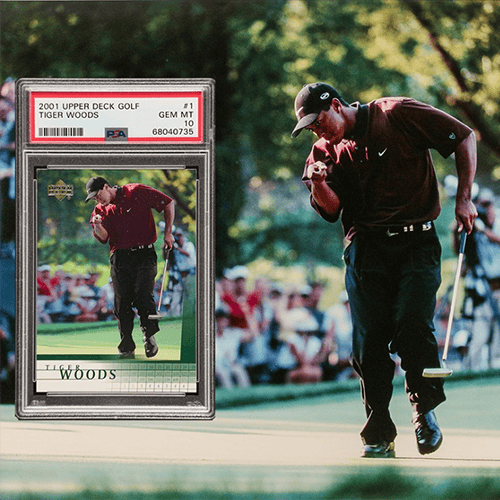Tiger Woods once revealed the surprising skill behind his years of dominance in golf — and it wasn’t the jaw-dropping drives or the picture-perfect iron shots many fans might expect. Instead, in a candid reflection, Woods credited his success to something far more strategic.
Keep Reading: Tiger woods Responsible for Golf’s Rising Costs Says Chamblee
Woods Kept Errors That Cost Players At Minimum
In an interview with course-management expert Scott Fawcett, Woods once revealed that his ability to think his way around the course and avoid the mistakes that cost players tournaments was one of his major skills. In other words, Woods’ brilliance came from discipline, minimizing errors, and making smart decisions, even when his swing wasn’t at its best.
Woods understood from early in his career that golf isn’t about hitting perfect shots every time; it’s about controlling the damage when things don’t go perfectly. He paid close attention to the types of mistakes that could wreck a round—such as giving away shots on par-5s, making double bogeys, or turning a long putt into a three-putt. His mental approach was to keep these errors to an absolute minimum. If he could get through a tournament with very few of these mistakes, he knew he had a good chance of winning, regardless of how well he was striking the ball.
One of the most underrated skills in his arsenal had been his lag putting — the ability to roll a long putt close enough to the hole to make the next one almost automatic.
It’s not as glamorous as sinking a dramatic 30-footer, but over four rounds, it saves a surprising number of strokes. By avoiding three-putts, Woods maintained momentum in his rounds and kept pressure on his opponents. His control with the putter meant that even from far away, he rarely walked off a green disappointed.
Why Woods Won Even When He Wasn’t at His Best
Another key to his dominance was how he approached scoring opportunities. When he had a wedge or short iron in his hand, he treated it as a must-make situation—not necessarily for birdie, but certainly for par. He didn’t allow himself to waste those chances with careless mistakes. He was equally disciplined around the greens. If a chip or pitch was straightforward, he executed it cleanly, making sure he never needed a second attempt to get the ball close. These small decisions might seem minor on their own, but over the course of a tournament, they added up to a massive advantage.
 Golfer Tiger Woods smiles during a press conference after playing in a TGL match earlier this month.
Golfer Tiger Woods smiles during a press conference after playing in a TGL match earlier this month.
Perhaps the most interesting part of this reflection is remembering that Woods often won without his best game. He recalled that in many victories, he was simply hanging on to avoid doubles, making key par saves, and refusing to let one bad hole spiral into a disastrous stretch. While other players might chase risky shots to make up for mistakes, Tiger trusted that smart, steady play would put him in a position to win by Sunday. More often than not, it did.
Main Photo Credit: © Jack Gruber-Imagn Images







